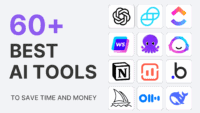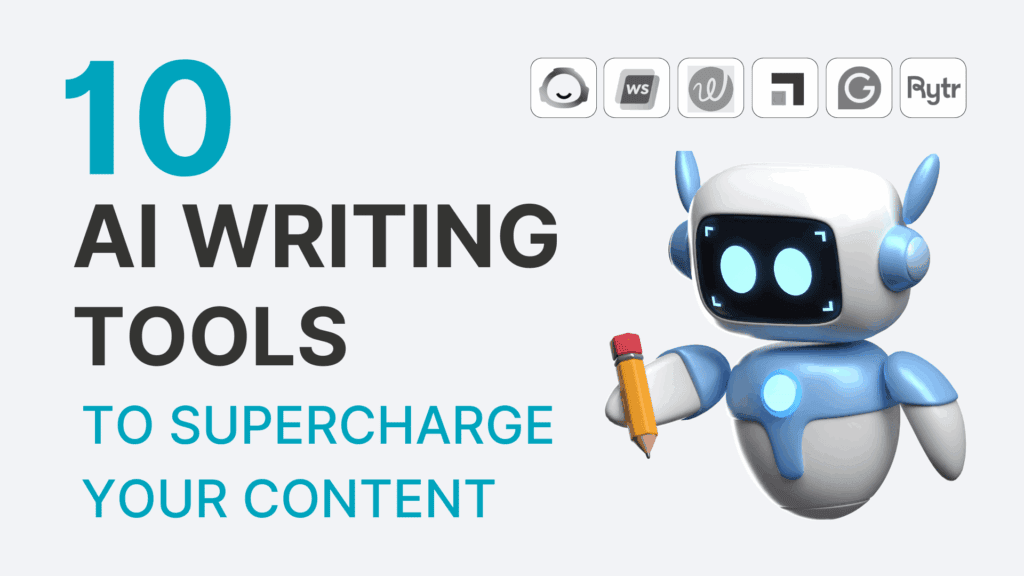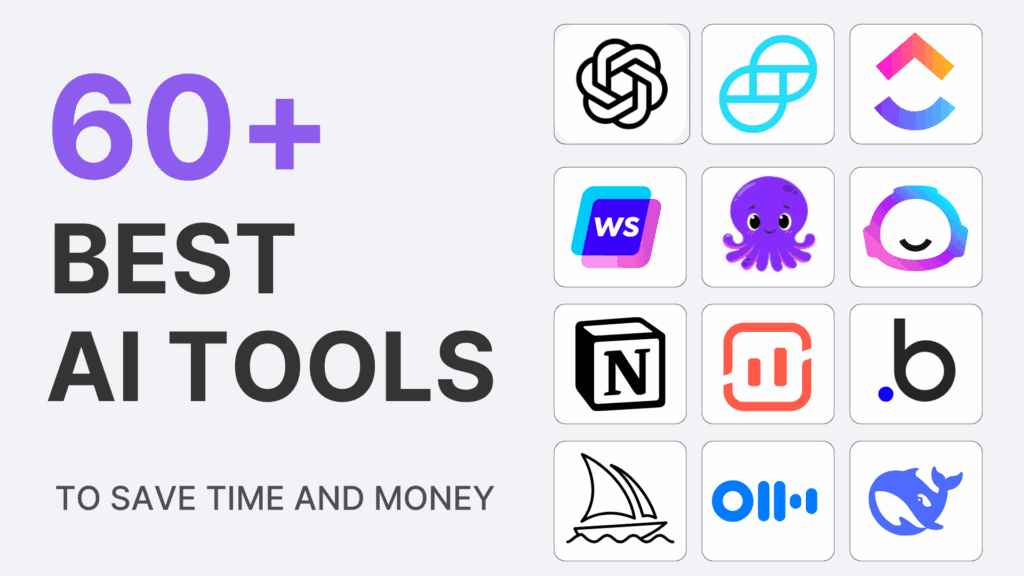In the ever-evolving world of digital marketing, acronyms like ROAS often surface in conversations among performance marketers. For those unfamiliar with the term, ROAS may seem like an enigmatic code, but fear not!
In this blog, we’ll break down the meaning of ROAS and delve into how you can optimize it using affiliate marketing strategies.
By the end of this article, you’ll have a comprehensive understanding of ROAS and actionable insights to boost your affiliate marketing campaigns.
What does ROAS mean?
ROAS stands for Return On Ad Spend, a vital metric that measures the effectiveness of your advertising investments.
It reveals how much revenue you generate for every dollar spent on advertising. ROAS is typically expressed as a ratio or percentage, helping marketers assess the profitability of their campaigns.
ROAS is an expression of ROI – Return on Investment – the latter looks at net profit from campaigns over total marketing spend.
ROAS is tied to working $ in the affiliate program. The cost of associated management of the affiliate campaigns is not included in the ROAS calculation.
ROAS Formula
The ROAS formula is quite straightforward:
ROAS = Revenue from Ad Campaign / Cost of Ad Campaign
For instance, if your ad campaign generated $1,000 in revenue and cost $200, your ROAS would be:
ROAS = $1,000 / $200 = 5 or 500% or 5:1
This means you earned $5 for every dollar spent on advertising.
- Below 1 your program does not yield positive returns
- Above 1, you are on the right track! Your program generates profits.
Now that we introduced the ROAS definition and formula, let’s review what it means in the context of affiliate marketing and program optimization.
New to Affiliate Marketing? Bookmark this page and check out this article on the Ultimate Guide to Affiliate Marketing for publishers and creators.
New to Managing an affiliate program? Head to this guide on How to Master the Affiliate Manager’s Function.
Understanding ROAS Goals
To optimize your affiliate marketing efforts, it’s crucial to define your affiliate program goals, and more specifically your ROAS goals and targets. These goals can vary depending on your business objectives and the type of products or services you offer.
- Profit Maximization: Some businesses aim for maximum profits, willing to spend more on advertising to acquire high-value customers, even if it means a lower initial ROAS.
- Break-even ROAS: Others aim to break even or achieve a ROAS of 1, indicating that their ad spend equals their revenue.
- Scale and Growth: Some businesses prioritize growth over profitability and are willing to accept a lower ROAS to acquire new customers.
- Maintaining Consistency: Some businesses aim for a consistent ROAS, making incremental improvements while avoiding significant fluctuations.
Affiliate Marketing and ROAS Optimization
Affiliate marketing is an effective strategy for optimizing ROAS. It involves partnering with affiliates who promote your products or services and earn a commission for every sale or lead they generate. Here’s how you can leverage affiliate marketing to boost your ROAS:
1. Targeted Audience Segmentation
Effective affiliate marketing begins with understanding your target audience. By segmenting your audience based on demographics, behavior, and preferences, you can identify which affiliates are best suited to reach specific customer groups. This targeted approach can increase the chances of a higher ROAS.
2. Commission Structure Optimization
To motivate affiliates to deliver better results, consider adjusting your commission structure. Offer higher commissions for affiliates who consistently achieve a higher ROAS, encouraging them to focus on quality rather than quantity.
3. Data Analytics and Tracking
Invest in robust tracking and analytics tools to monitor the performance of your affiliate marketing campaigns. By analyzing which affiliates, channels, or strategies yield the best results, you can allocate your budget more effectively.
Impact Radius is an excellent Affiliate platform that offers robust tracking capability to analyze the performance of your program and the ROAS. With additional benchmark stats, you can also review how your program performs compared to your industry’s peers.
4. A/B Testing and Optimization
Continuously test different ad creatives, landing pages, and promotional offers to identify what resonates best with your target audience. A/B testing allows you to refine your affiliate marketing campaigns for higher conversions and improved ROAS.
5. Fraud Detection and Prevention
Keep a vigilant eye on affiliate fraud to protect your ROI. Implement fraud detection tools and establish clear guidelines for affiliates. Regularly audit your affiliate network to ensure compliance and maintain a healthy ROAS.
ROAS Averages by Category and Marketing Channels (2023 Update)
Understanding ROAS averages in your industry and across different marketing channels can provide valuable benchmarks for your affiliate marketing campaigns. Here are some general ROAS averages by category and marketing channels:
ROAS Averages by Category
- E-commerce: In the e-commerce sector, a healthy ROAS can vary between 300% to 700%. However, this can be significantly influenced by factors such as product pricing, competition, and seasonality.
- Software and SaaS: Software companies often aim for ROAS in the range of 400% to 800% or even higher, given the potential for long-term customer value.
- Travel and Hospitality: This industry typically sees ROAS ranging from 200% to 400%, as travel-related purchases often involve extensive research and consideration.
- Health and Wellness: Health and wellness brands may achieve ROAS between 300% to 600%, thanks to the high demand for health products.
ROAS Averages by Marketing Channels
| Marketing Channels | Average ROAS Ranges |
| Search Engine Marketing (SEM) | 150 – 500% |
| Search Engine Optimization (SEO) | 700 – 900% |
| Social Media | 180 – 300% |
| Email Marketing | 350 -3,800% |
| Affiliate Marketing | 800 -1,800% |
| Influencer Marketing | 350 – 600% |
Sources: firspagesage, eMarketers
The Affiliate ROAS tends to be higher than other paid media ROAS by 40%.
ROAS goals should align with your business objectives and industry benchmarks. By comparing your performance to these averages, you can better assess the effectiveness of your affiliate marketing campaigns and make data-driven adjustments to achieve your desired ROAS.
How to Improve Your Affiliate ROAS?
Improving your affiliate ROAS requires a combination of strategic planning, ongoing optimization, and fostering strong relationships with your affiliates.
If you currently manage a portfolio of partners of plan to launch your program, you should explore strategies to improve and maximize your affiliate ROAS;
- Set clear ROAS Goals
- Optimize your recruitment and partner selection.
- Segment your affiliate partners based on the value of the partnership.
- Analyze performance to identify trends for improvements
- A/B test creatives, placements, and promotional offers
- Implement retargeting campaigns
Conclusion
In the world of digital marketing, ROAS is a crucial metric that provides valuable insights into the profitability of your advertising efforts. Understanding the meaning of ROAS and how to optimize it using affiliate marketing strategies can be a game-changer for your business.
By setting clear ROAS goals, leveraging targeted audience segmentation, optimizing commission structures, utilizing data analytics, conducting A/B testing, and preventing affiliate fraud, you can supercharge your affiliate marketing campaigns and achieve a higher return on ad spend.
Remember, the key to ROAS optimization lies in continuous monitoring, testing, and adaptation, ensuring long-term success in the competitive digital landscape. Start harnessing the power of ROAS today, watch your affiliate marketing efforts soar to the next level, make your boss, P&L owners, and CEOs confident about the investment in the channel, and help you justify increasing your budget to scale profitable returns.
Your Success Starts with The Good Strategy!












